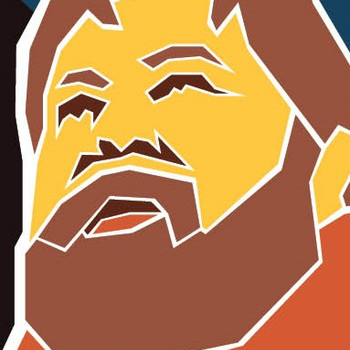Question #ba263
2 Answers
Explanation:
If you take any function such that:
and you multiply by
For instance:
is in the form
Now:
which is in the form
and as
But then:
Explanation:
The example above is mentioned in Rotando & Korn "The Indeterminate Form
Rotando & Korn show that if f and g are real functions that vanish at the origin and are analytic at 0, then f(x)^(g(x)) approaches 1 as x approaches 0 from the right.
I found this reference online at https://cs.uwaterloo.ca/~alopez-o/math-faq/mathtext/node14.html
They show that being infinitely differentiable is not sufficient by counterexample:
Then
while


